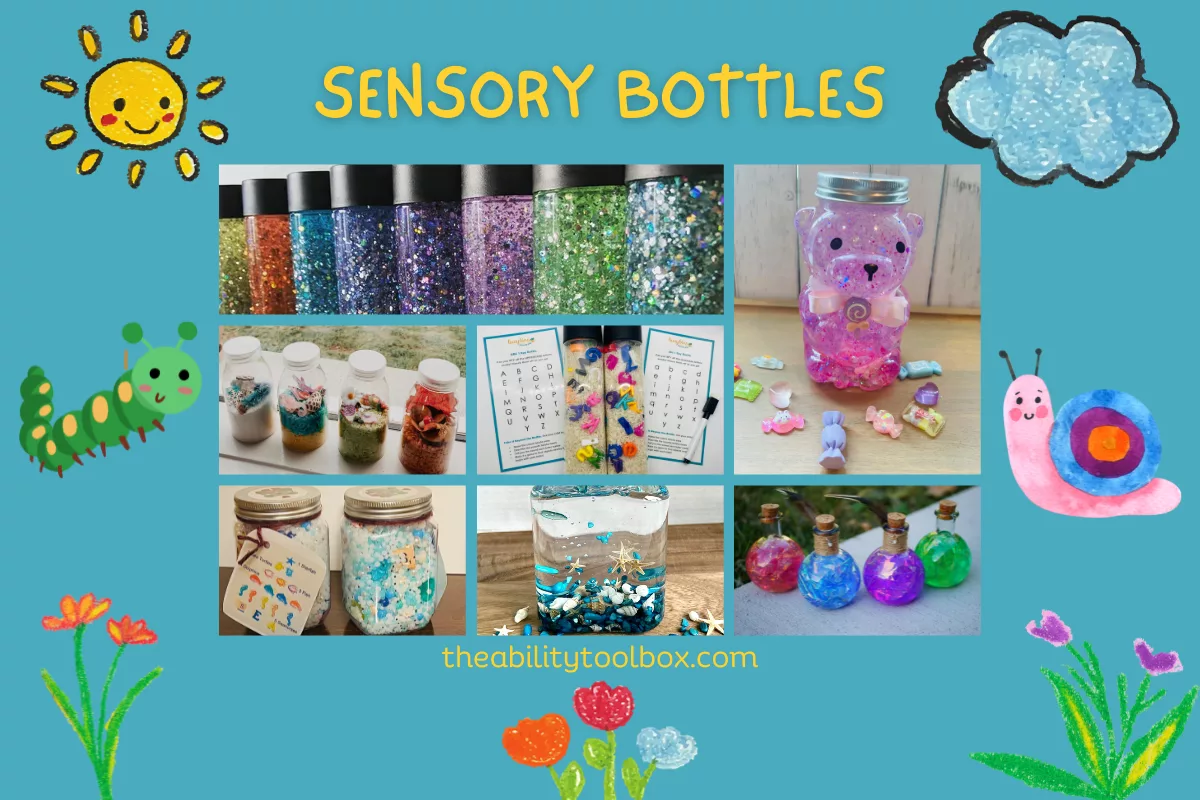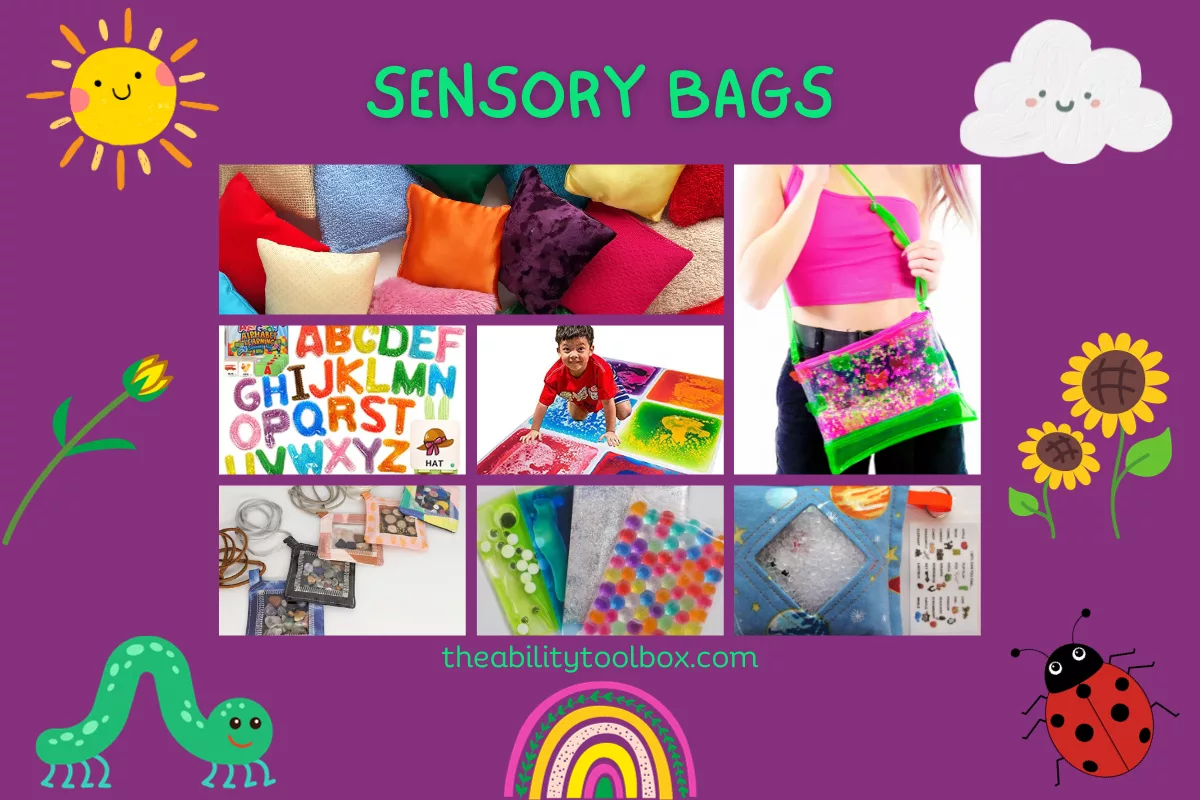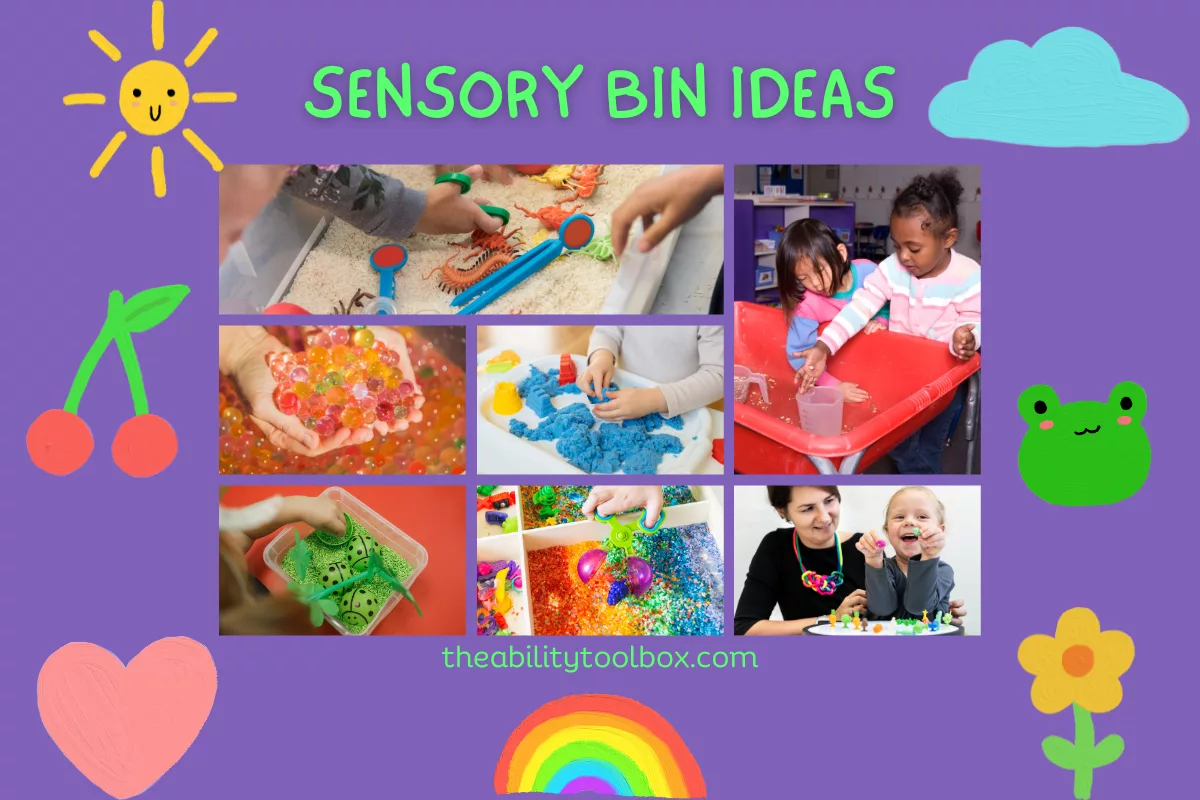Students receiving special education services (SPED students) face unique challenges compared to their mainstream peers. SPED students may have learning disabilities, developmental delays, physical disabilities, sensory issues, or other conditions that require specialized instruction and support. These needs can make learning more difficult and present obstacles to academic and social success. It is important for schools, parents, and communities to understand these challenges in order to help SPED students thrive.
Understanding the Unique Challenges of SPED Students
SPED students often struggle with focusing and staying on task, organizing and processing information, meeting academic standards, social interactions, managing emotions and behaviors, and developing independent living skills. The classroom environment, materials, and methods that work for most students may be inadequate for SPED students. Their disabilities also put them at higher risk for bullying, isolation, and low self-esteem. With the proper accommodations and support, however, SPED students can achieve at high levels academically while also gaining confidence and resilience.
Transportation Challenges for SPED Students
One major logistical challenge for many SPED students is transportation to and from school as well as to outside therapies and activities. Unlike their peers who may walk, bike, or get dropped off by a parent, SPED students often rely on busing to accommodate their needs. This busing requires careful coordination and planning.
Navigating Transitions and Routine Changes
SPED students often struggle with transitions and changes to their daily routines. Something as minor to others as a late or missed bus can be distressing. Bus delays or route changes can also wreak havoc for SPED students who thrive on consistency. Schools must be sensitive to this and provide adequate support during periods of transition. This may include social stories to prepare students for changes in advance or comfort items and sensory tools to help students self-regulate their emotions.
Field trips pose another transition challenge. While exciting educational opportunities, changes in location, schedules, and personnel can be difficult for SPED students. Accommodations like passing out visual schedules or allowing students to bring along a preferred object or fidget toy can help ease uncertainty during field trips. Nowadays, with modern transport software for special education students, it becomes easier to schedule, check the availability of transport, and get to the desired destination in time.
Assistive Technologies: Enhancing Learning and Accessibility
Assistive technologies are vital tools that allow SPED students to engage with lessons and demonstrate their knowledge more independently. From audiobooks for those with reading disabilities to voice recognition software for those unable to type to tablets equipped with communication applications, technology is removing barriers for SPED students in and out of the classroom. Beyond academics, assistive technology also grants more independence with daily living skills. Resources like visual daily checklists and smart home devices enable self-care and household tasks. Technology empowers SPED students and gives them equitable access to education and life.
Conclusion
SPED students have so much potential when given the appropriate supports. Understanding their unique challenges, like transportation difficulties, transitions, and communication/learning differences allows parents and schools to put accommodations in place and remove obstacles. Assistive technologies in particular are opening doors for SPED students that allow them to thrive academically and socially. With some planning and provision of needed services, SPED students can overcome challenges and succeed in school and life. We must continue to find new ways to make learning and the world more accessible. When we focus on abilities and not just disabilities, SPED students can blossom.
Image by pressfoto on Freepik
Follow me down the rabbit hole!
I'm Alice and I live with a dizzying assortment of invisible disabilities, including ADHD and fibromyalgia. I write to raise awareness and end the stigma surrounding mental and chronic illnesses of all kinds.








